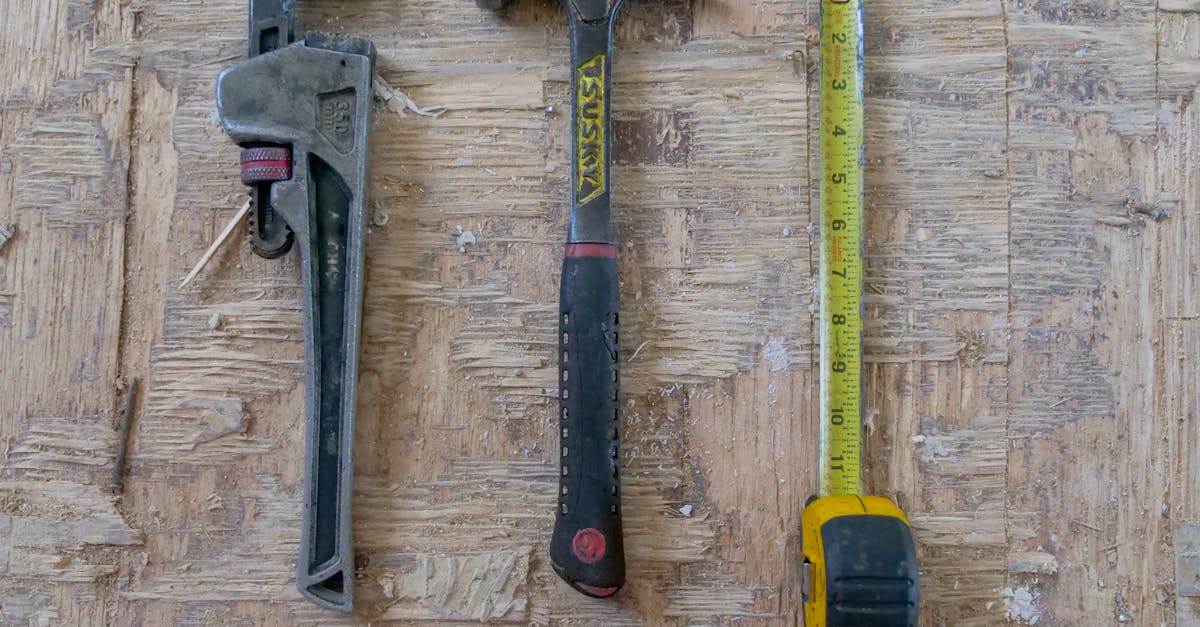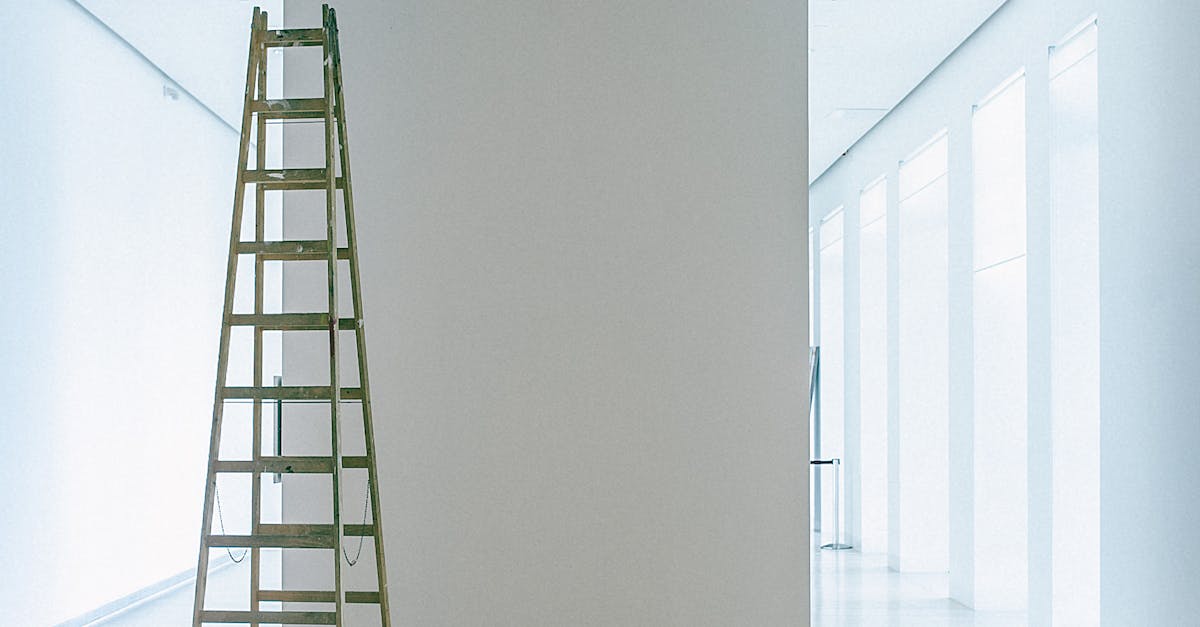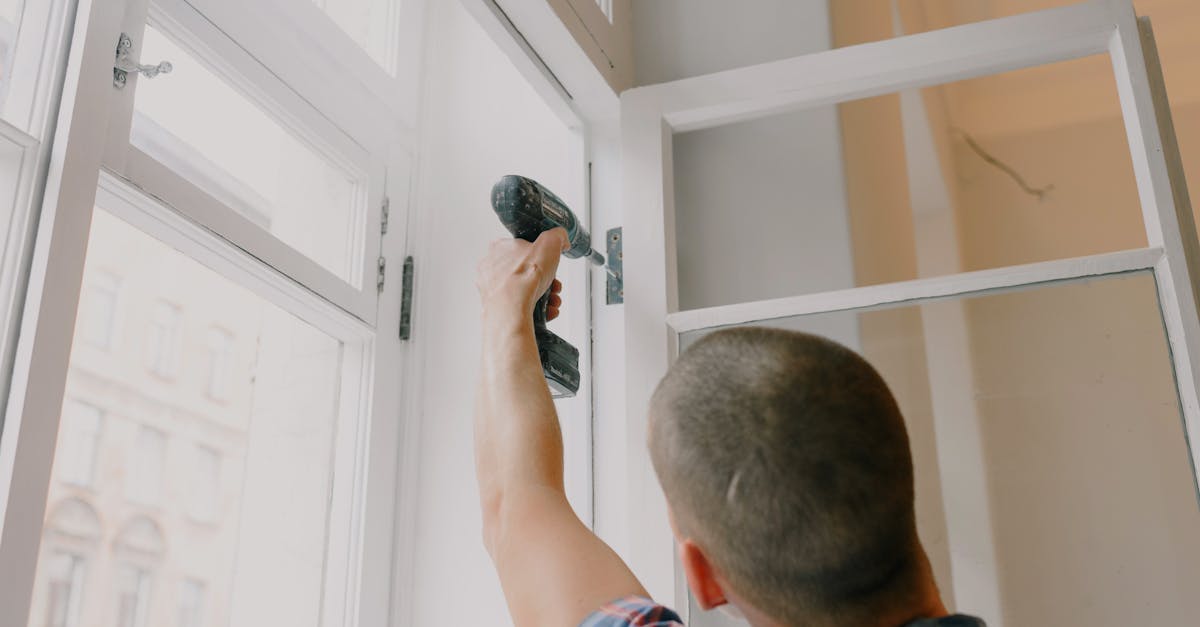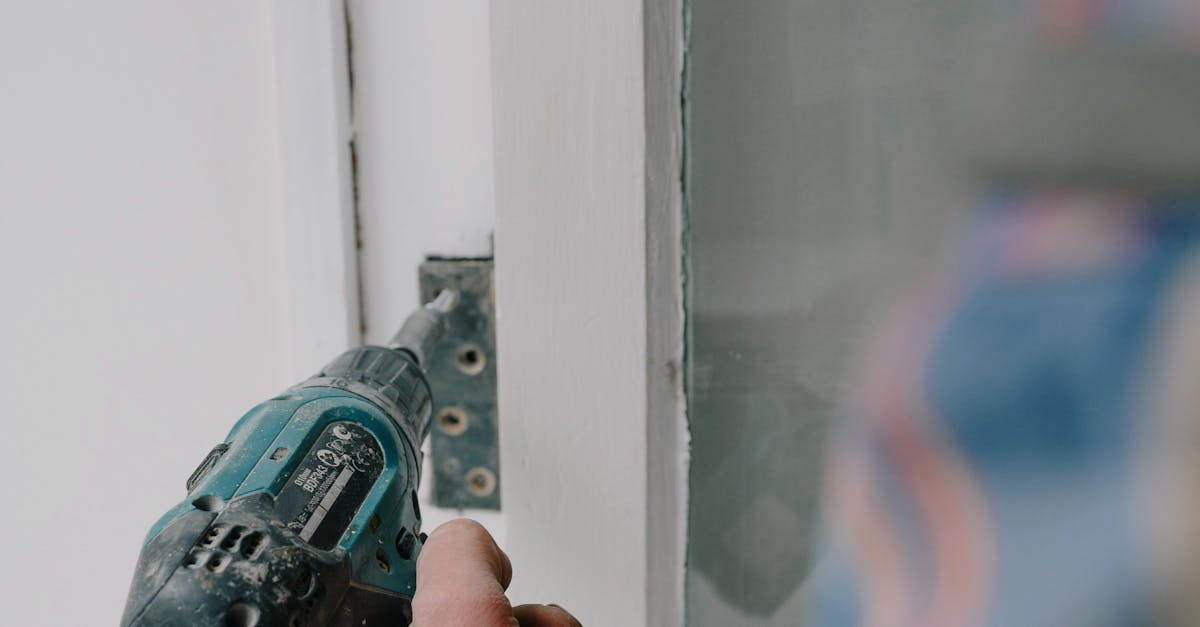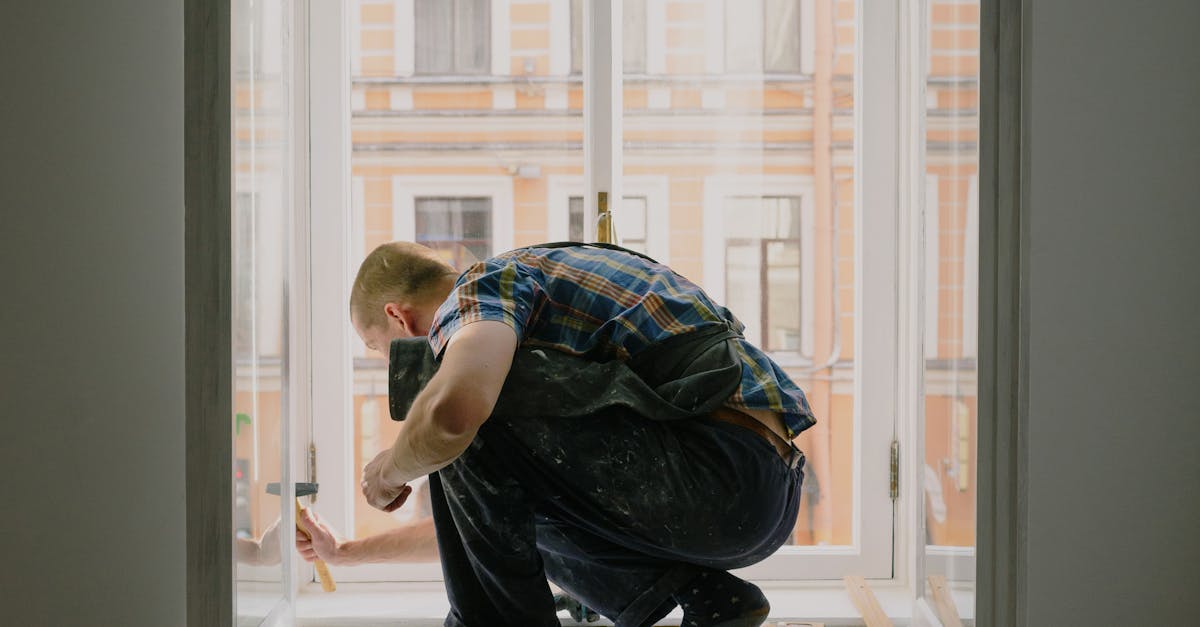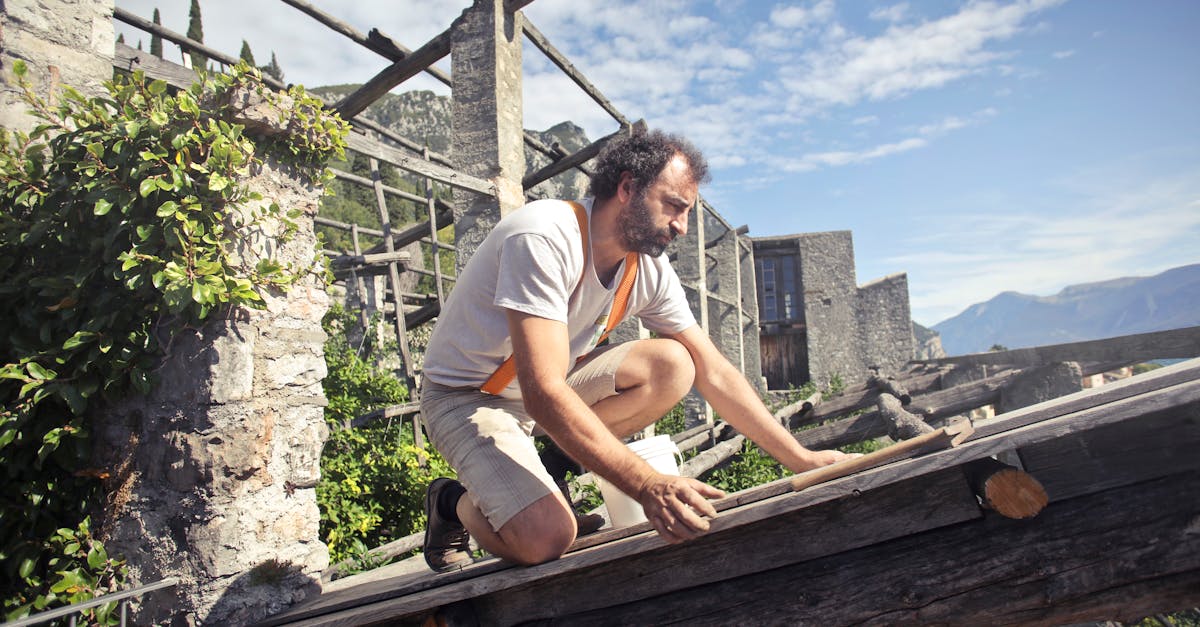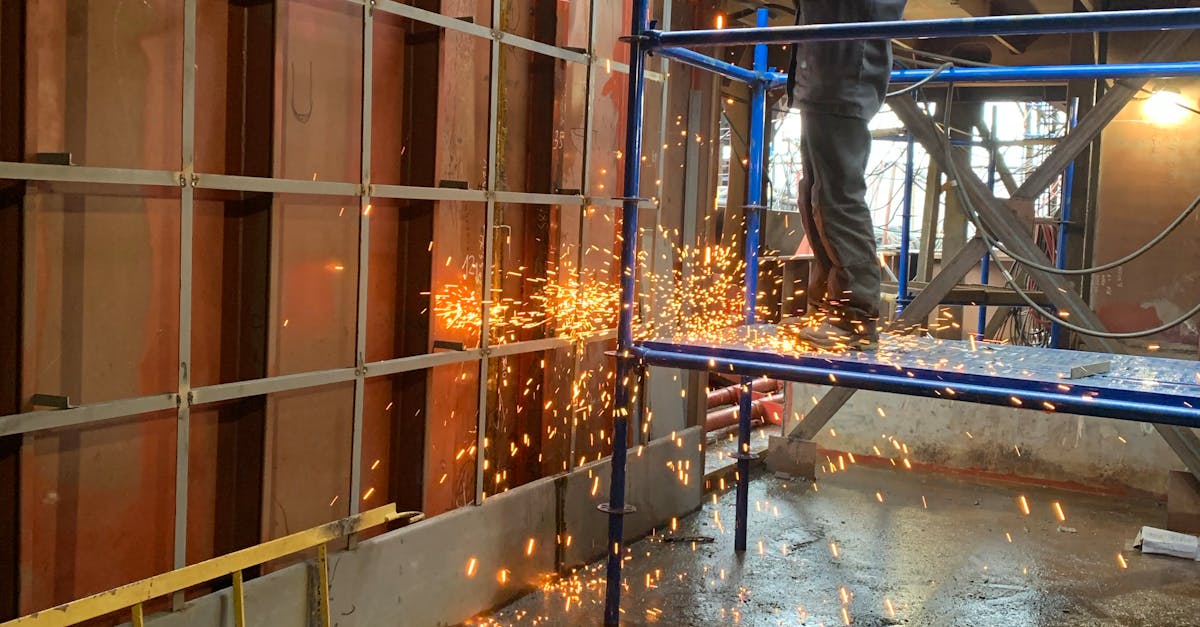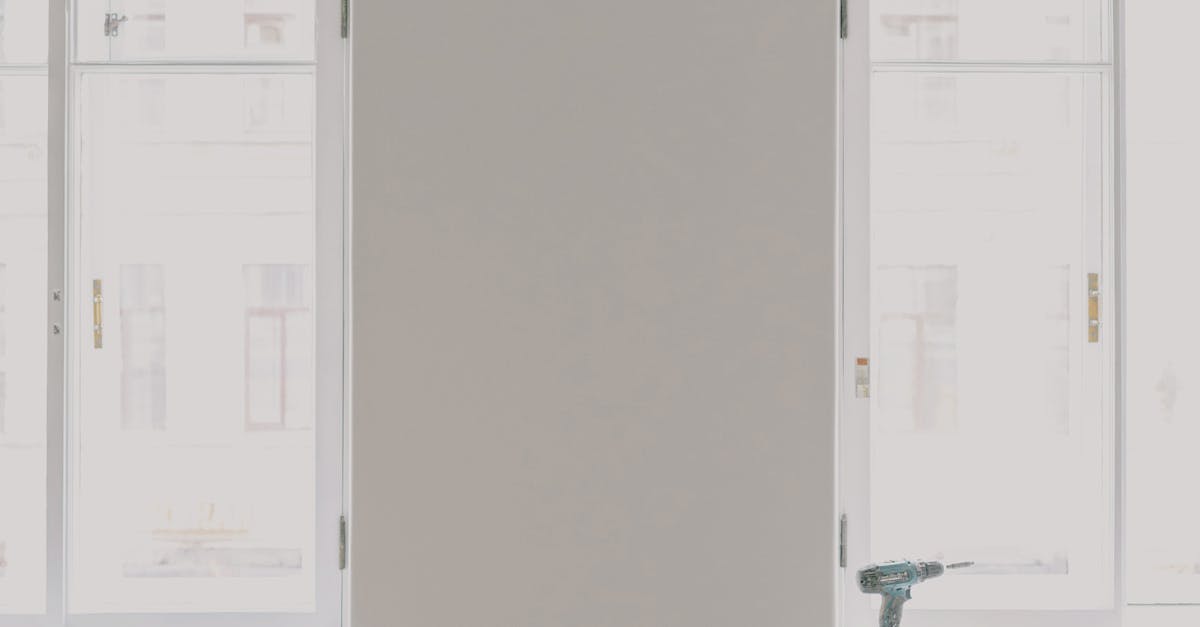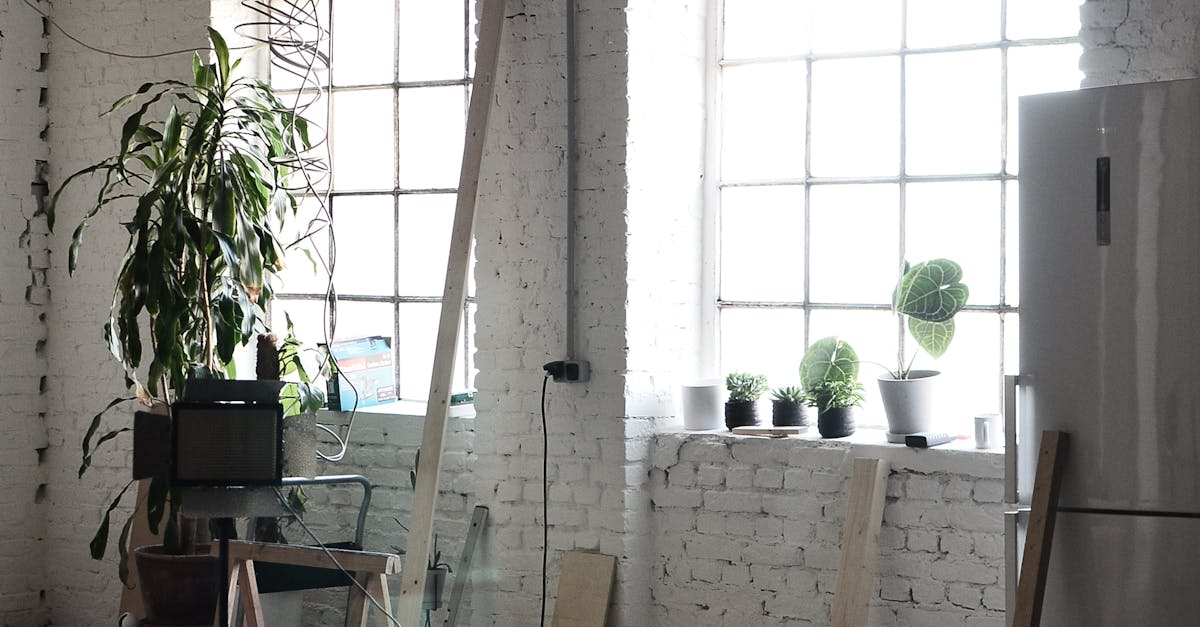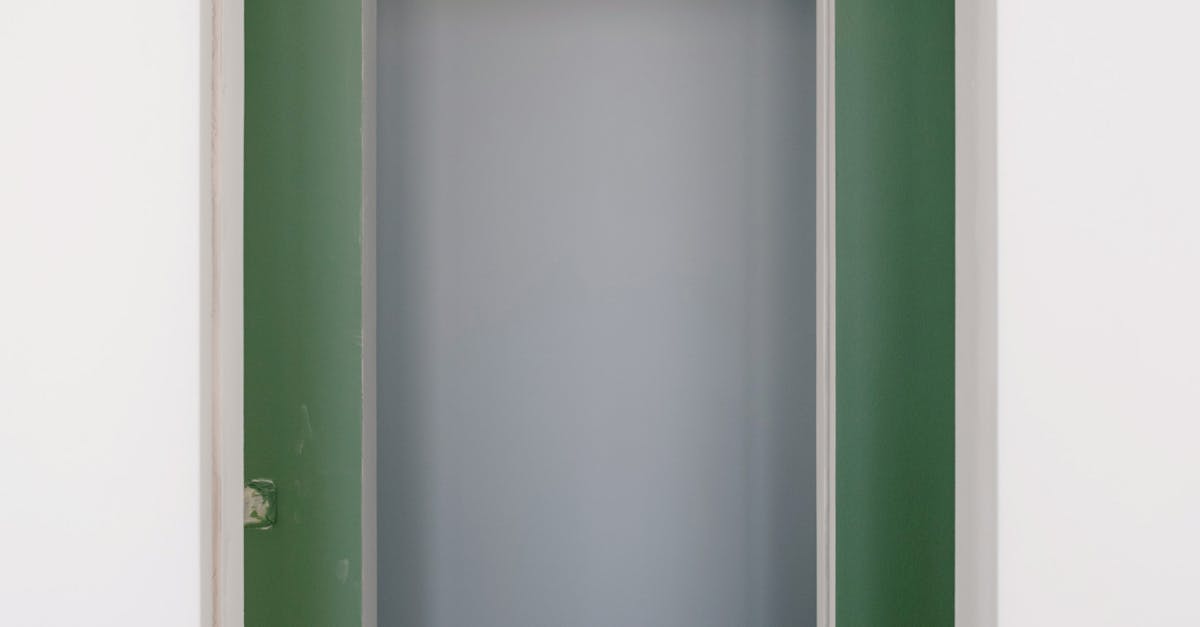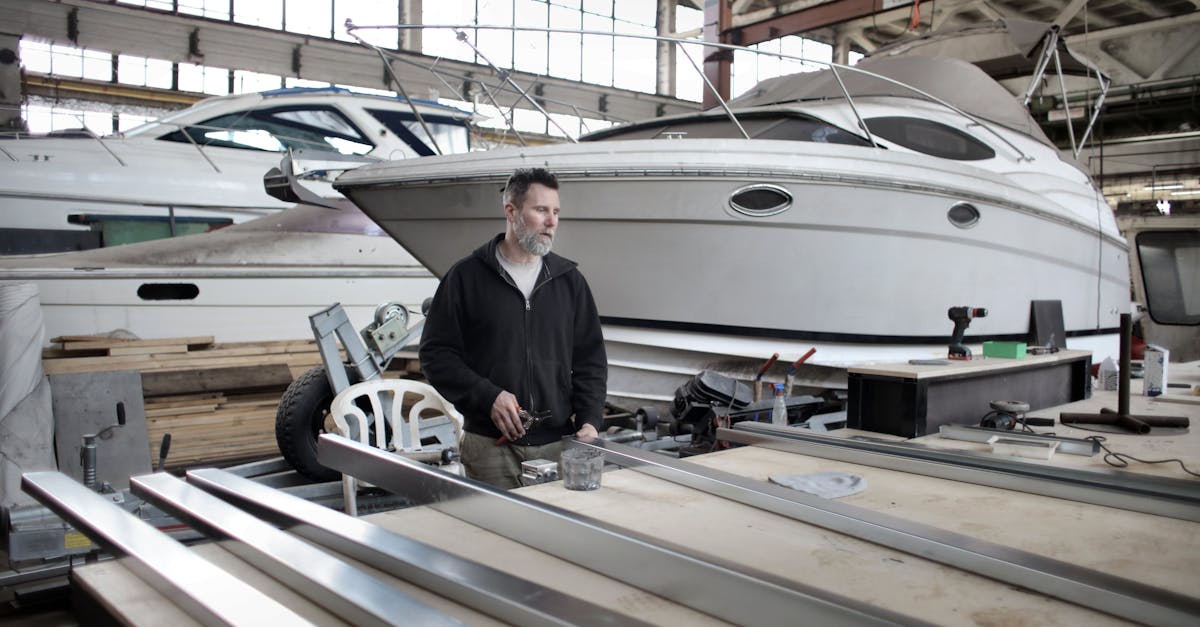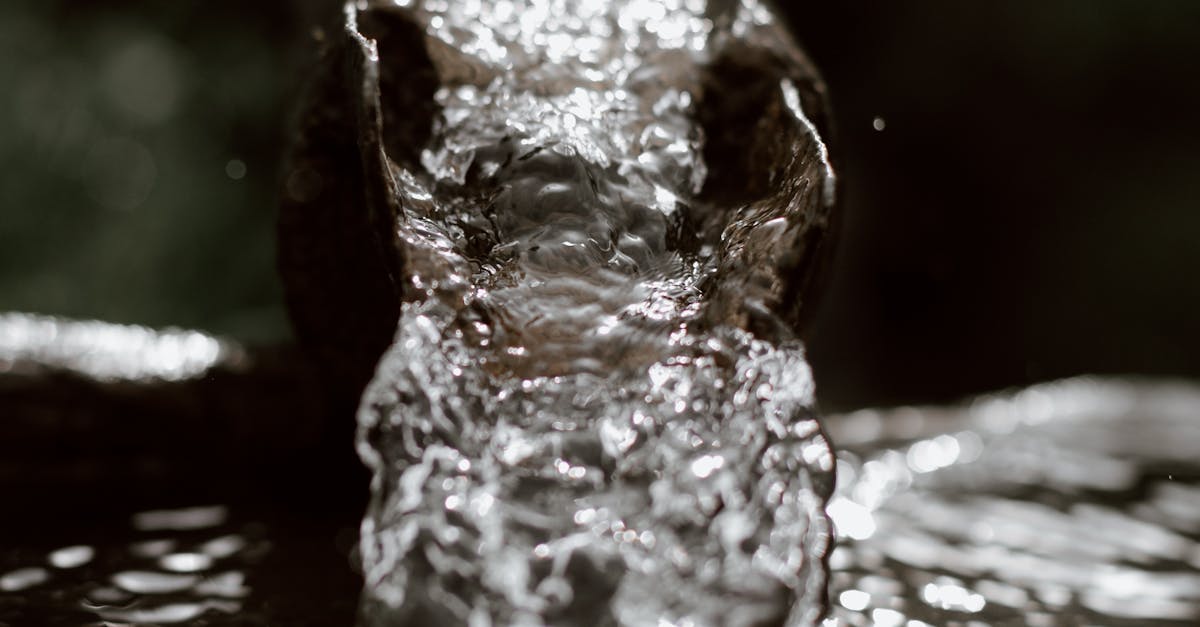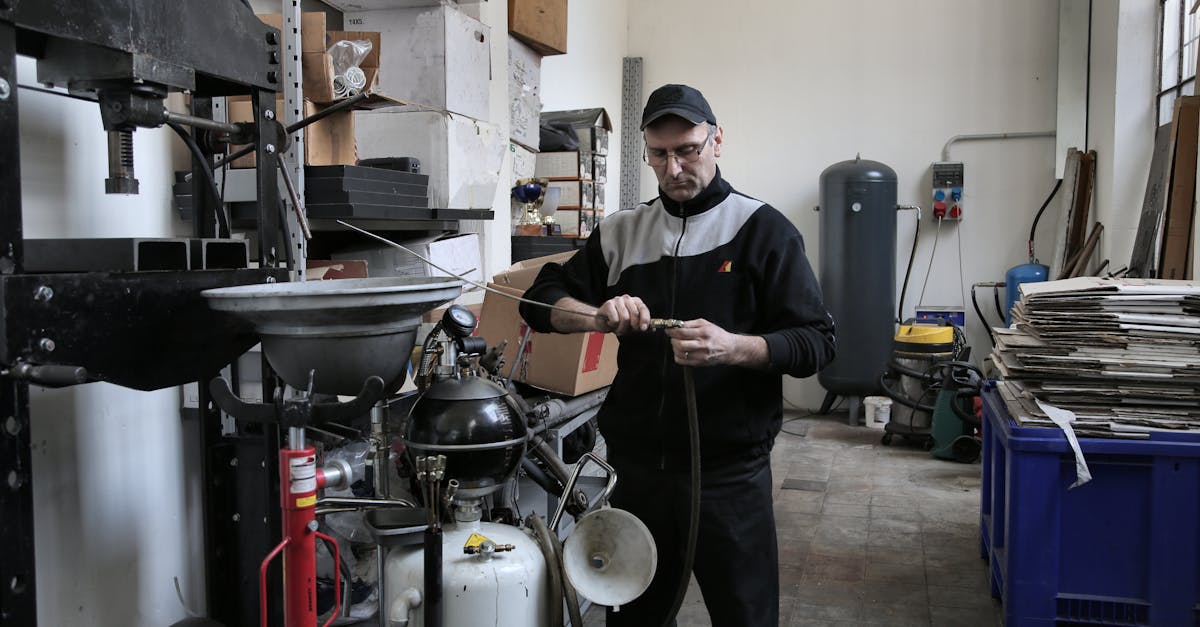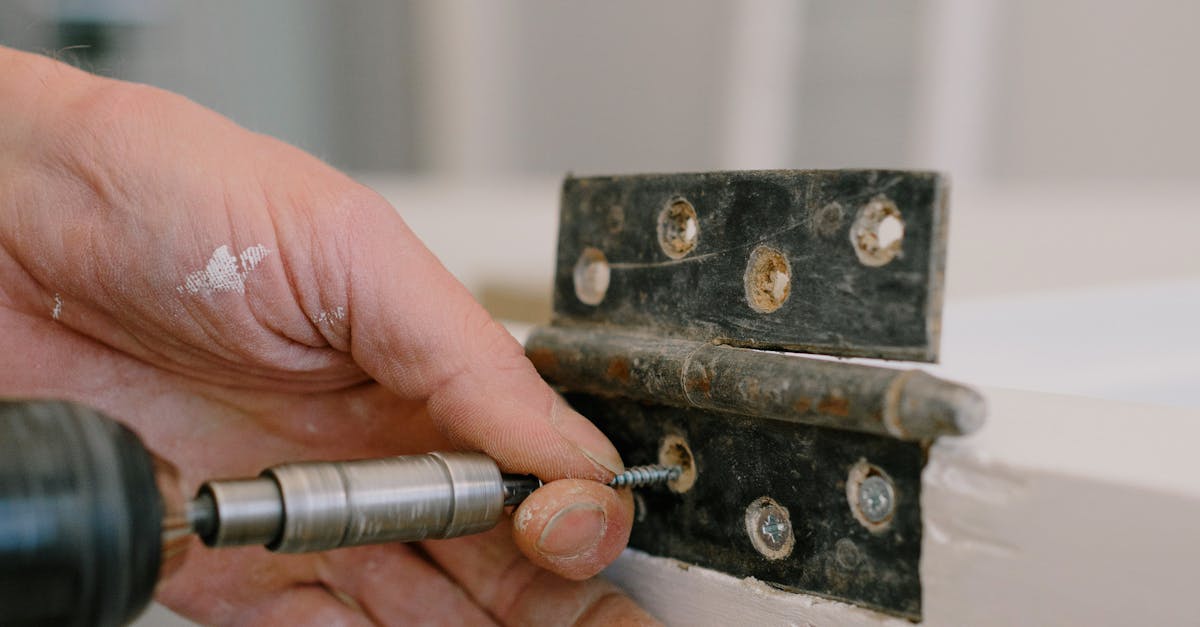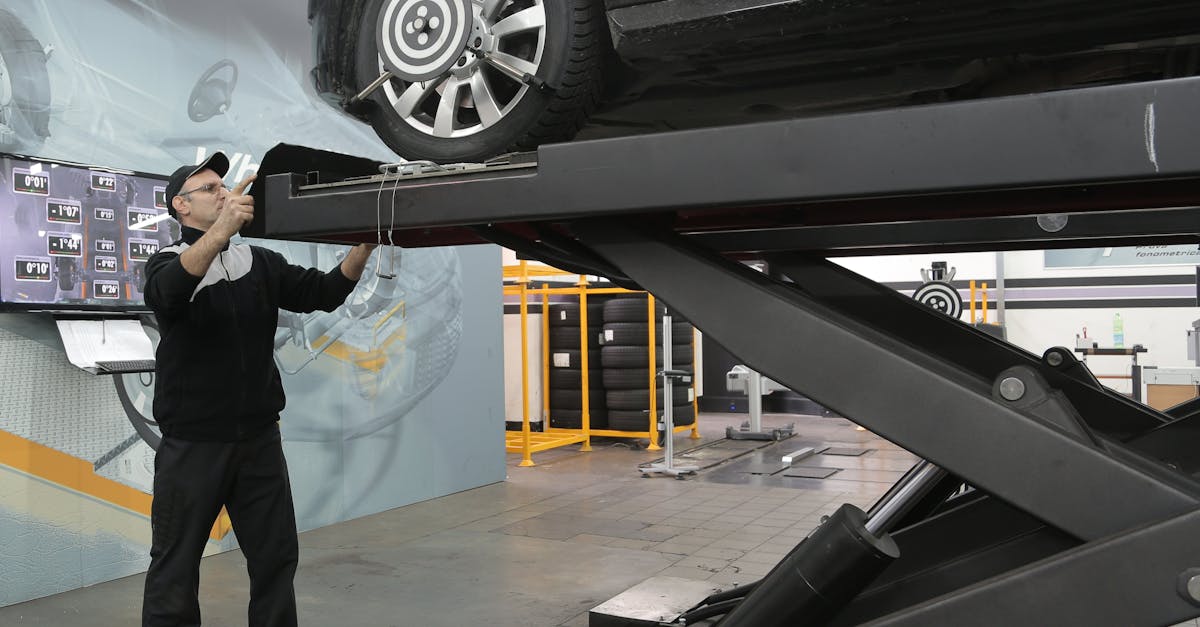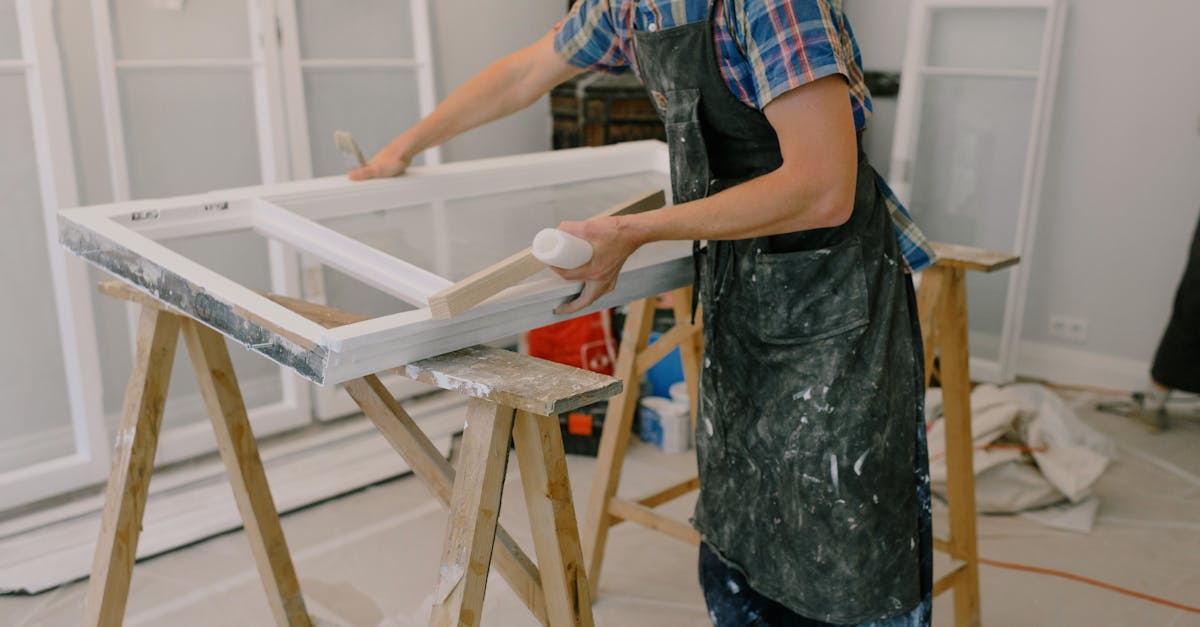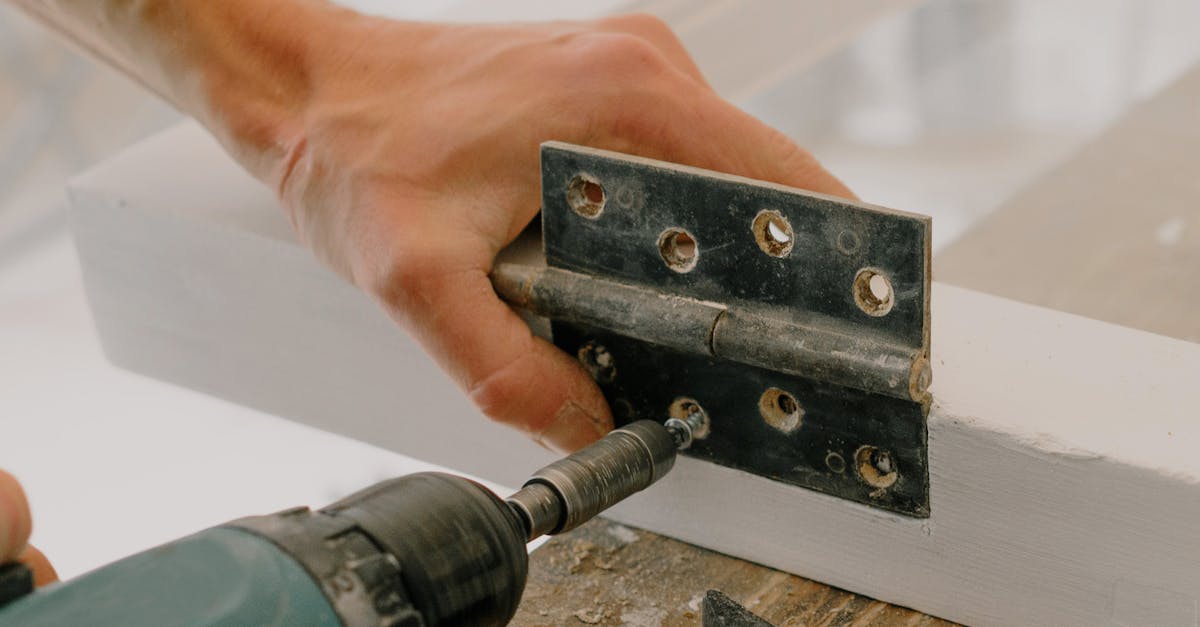
Table Of Contents
Patching Techniques Explained
Patching a cracked cast iron drain pipe can be an effective method to extend the pipe's life without the need for a full replacement. One common technique involves using epoxy putty, a strong adhesive that can bond well with cast iron surfaces. This method requires cleaning the area around the crack thoroughly to ensure maximum adhesion. After the surface is prepped, the putty can be applied, following the manufacturer's instructions. The application should be moulded to cover the crack completely and allowed to cure properly, creating a durable seal.
Another option involves the use of a patching sleeve or clamp. This approach provides an external solution that can better withstand the pressure of sewage flowing through the pipe. The sleeve is typically placed over the damaged area and secured tightly, which helps to minimise leakage while offering additional support. Both techniques are part of a broader set of practices in sewer line installation and repair, aimed at maintaining the integrity of drainage systems in residential and commercial properties.
Materials Needed for Effective Patching
When addressing a cracked cast iron drain pipe, it is essential to gather the appropriate materials for effective patching. A patching compound specifically designed for cast iron should be at the top of your list. This compound forms a strong bond with the existing pipe material, ensuring a durable and watertight seal. Additionally, having a suitable fabric overlay can provide extra reinforcement. This material can be applied over the patching compound to enhance its strength and longevity.
Sewer line installation and repair often require other materials to achieve a successful outcome. High-quality sealant is important to protect against moisture infiltration and further deterioration. You may also need recovery tape to secure the patch in place while it cures. Having a wire brush on hand helps to prepare the surface by removing rust and debris, ensuring a clean area for the patching material to adhere properly. With these materials, the repair process can be more efficient and effective, leading to a longer-lasting solution.
Replacing a Damaged Section
When a cast iron drain pipe becomes severely cracked or damaged, replacing the affected section may be the most effective solution. This approach ensures long-term functionality and can prevent additional issues from arising in the future. Removing the damaged pipe segment involves carefully cutting it out, usually with a reciprocating saw. Proper measurements are crucial to ensure that the new pipe fits seamlessly with the existing structure, minimising potential leaks.
Sewer line installation and repair often require specific tools and techniques to guarantee successful results. A range of materials, including compatible new pipes and couplings, will also be necessary for the replacement process. Ensuring that rubber gaskets or sealing materials are used to create a watertight connection is vital. Taking the time to properly install the new section not only enhances the integrity of the drainage system but also prolongs the lifespan of the entire pipe network.
Tools Required for Pipe Replacement
Effective pipe replacement requires a selection of specific tools to ensure the job is completed efficiently and safely. Essential tools include a pipe cutter or hacksaw to remove the damaged section of the cast iron drain pipe. Additionally, a wrench is necessary for loosening any fittings, while a set of pliers can assist in manipulating smaller components. A rubber mallet may also come in handy for fitting new pipes into place without causing damage.
For sewer line installation and repair, having a reamer can prevent sharp edges that may impede proper sealing. A level is crucial for ensuring the new pipe is aligned correctly, maintaining proper drainage. Protective gear, such as gloves and safety goggles, is important to safeguard against debris and potential hazards during the replacement process. All these tools combined help facilitate a smooth and effective pipe replacement procedure.
Preventive Measures to Avoid Future Cracks
To minimise the risk of future cracks in cast iron drain pipes, regular maintenance is essential. Inspections should be conducted periodically to identify any signs of wear or corrosion. Ensuring that the pipes remain free from blockages will prevent excessive pressure build-up and subsequent damage. Adequate drainage around the foundation of your home can also reduce the chances of water pooling, which contributes to deterioration over time.
When embarking on sewer line installation and repair, choosing high-quality materials plays a critical role in longevity. Proper installation techniques are equally important, as incorrectly installed pipes are more susceptible to cracking. Additionally, applying sealants or coatings designed specifically for cast iron can provide an added layer of protection against environmental factors that may contribute to damage.
Best Practices for Maintaining Drain Pipes
Regular maintenance of drain pipes proves essential not only for preventing issues but also for extending the lifespan of the plumbing system. Homeowners should consider routine inspections to identify any signs of wear or damage early on. Keeping the area around the pipes clear of debris and avoiding pouring grease or harsh chemicals down the drain can significantly reduce the likelihood of blockages and deterioration.
Professionals recommend scheduling periodic cleaning of the drain lines to eliminate build-up and improve flow. In addition, ensuring proper alignment during sewer line installation and repair contributes to optimal function. Homeowners should also be aware of tree roots, which can invade and damage pipelines, and take measures to keep them at bay. Adopting these best practices can lead to fewer repairs and a more efficient drainage system.
FAQS
Can a cracked cast iron drain pipe be repaired, or does it always need to be replaced?
A cracked cast iron drain pipe can often be repaired using patching techniques or by replacing the damaged section, depending on the severity of the crack.
What are the common methods for patching a cracked cast iron drain pipe?
Common methods include using epoxy putty, fiberglass cloth with resin, or rubber patches. The choice of method depends on the size and location of the crack.
What materials do I need for effectively patching a cast iron drain pipe?
You will typically need epoxy putty or resin, a fiberglass cloth (if using that method), sandpaper, and a clean cloth for preparation.
How do I know if I should replace a section of my cast iron drain pipe instead of patching it?
If the crack is extensive, the pipe is severely corroded, or if there are multiple cracks, replacement may be the best option. Consulting a professional plumber can help make this determination.
What preventive measures can I take to avoid future cracks in my cast iron drain pipes?
Regular maintenance, such as cleaning the pipes, avoiding pouring harsh chemicals down the drain, and monitoring for signs of wear, can help prevent future cracks.
